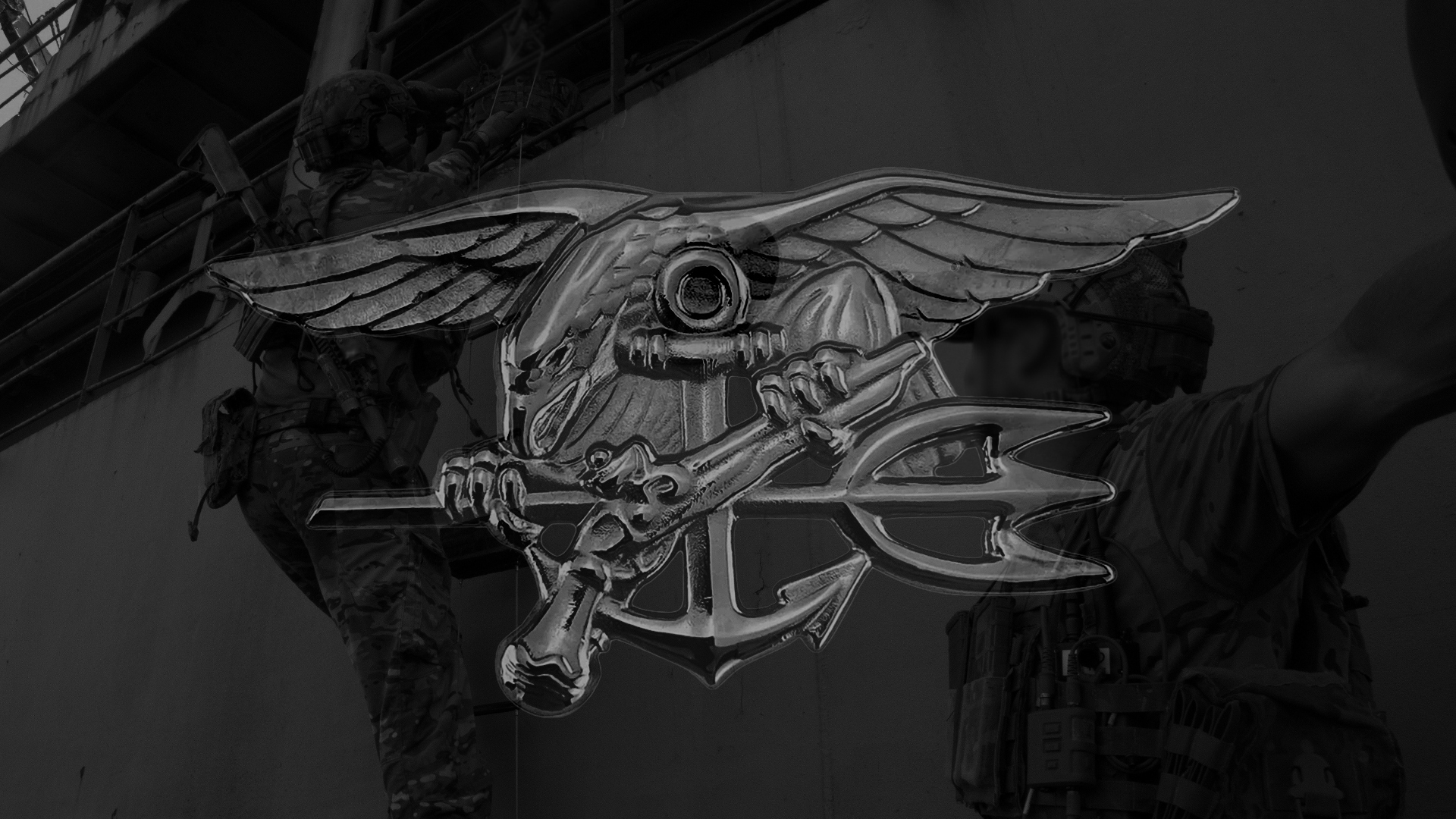

After 10 days, the U.S. military ended search and rescue efforts for two missing Navy SEALs, who are now presumed dead after going missing near Somalia on Jan. 11, U.S. Central Command announced on Sunday, January 21.
“We regret to announce that after a 10-day exhaustive search, our two missing U.S. Navy SEALs have not been located and their status has been changed to deceased,” CENTCOM said in its statement.
Both SEALs were part of a team of Navy special operators who conducted a nighttime boarding mission of a dhow near the Somali coast that was transporting weapons from Iran to the Houthis as part of their attacks on merchant shipping, according to U.S. Central Command. The SEALs found parts for medium-range ballistic missiles and anti-ship crew missiles and the dhow was sunk after the mission.
One of the SEALs was knocked into the water by high waves while trying to climb into the dhow, and the other jumped into the ocean to rescue him, according to media reports. No further information is available about when and how the SEALs went missing during the mission, which was supported by helicopters and drones.
Subscribe to Task & Purpose today. Get the latest military news and culture in your inbox daily.
The announcement that the two SEALs are presumed dead comes after 10 days of search and rescue efforts across more than 21,000 square miles, with crews searching by air and by sea for the missing SEALs.
The names of the two SEALs have not been released. U.S. military policy is to wait 24 hours after next of kin have been notified.
“We mourn the loss of our two Naval Special Warfare warriors, and we will forever honor their sacrifice and example. Our prayers are with the SEALs’ families, friends, the U.S. Navy, and the entire Special Operations community during this time,” CENTCOM commander Gen. Michael “Erik” Kurilla said in a statement.
The SEALs carried out the Jan. 11 mission from the USS Lewis B Puller, an expeditionary sea base ship named for Marine Corps legend Lt. Gen. Lewis “Chesty” B. Puller. The ship is a modified Alaska-class oil tanker that was built specifically as a floating sea base for U.S. troops. It features a four-spot flight deck, mission deck, and hangar for aviation support; equipment staging support; berthing; and command and control.
Boarding a vessel at night is among the more dangerous missions that SEALs perform. The tactic is officially known as Visit, Board, Search and Seizure, or VBSS. SEALs must brave rough seas as they exit their delivery boat and climb a rope ladder to board the other vessel – all while carrying their weapon, ammunition, and other gear.
It’s easy to fall overboard during such missions, a Navy SEAL veteran told Task & Purpose in a previous story. He also said he was more anxious while conducting boarding missions than he was during High Altitude Low Opening, or HALO jumps, at night, in which SEALs can freefall for tens of thousands of feet carrying a hundred or more pounds of equipment..
He called VBSS missions “the sketchiest thing I did in the teams. Everything is slippery, it’s dark, everything is moving, it’s f–king cold so you can’t feel sh-t.”
While each member of the SEAL team that boarded the dhow on Jan. 11 had likely rehearsed how to respond to an emergency, they would also instinctively come to the aid of any of their team members in distress, the veteran SEAL said.
“If he slipped and hit his head, maybe you’re the only dude that saw it and knows he is out, and you think ‘I gotta go, I gotta do it,’” the veteran SEAL said. “It’s incredibly reasonable that another SEAL would dive in after him.”
The Houthi rebels in Yemen continue to attack merchant shipping despite several rounds of U.S. airstrikes. While it might be safer for U.S. personnel to sink vessels suspected of varying weapons to the Houthis rather than boarding them, doing so would be illegal.
“If we simply sank dhows or any other boat without positive evidence of illegal conduct, that would be a war crime,” said retired Navy Adm. James Stavridis, who served as the Supreme Allied Commander at NATO from 2009 to 2013. “The SEAL mission was to obtain such evidence, both tactically to support impounding the Dhow and strategically to demonstrate to the global community the clear and direct linkages between Iran and the Houthi pirates. They would also have been tasked with collecting important intelligence, e.g. where did the voyage originate? Where was the Dhow based? Who owned it? etc.”
For those same reasons, Stavridis often ordered U.S. military personnel to board Somali pirate vessels a decade ago, he said.
“The intelligence gathered led to the arrest and imprisonment of those pirates as well as valuable clues to direct our strikes at their bases,” said Stavridis.“It is dangerous work, but necessary.”
The latest on Task & Purpose
- Navy will name a new ship for the ‘human tugboat,’ a forgotten WWII hero
- Soldiers now must pay out of pocket to store cars and belongings while deployed
- Inside a new technology for Marine marksmanship training
- Apple TV+ releases the opening title sequence for Masters of the Air
- Meet the skateboarding Green Beret shredding the civilian-military gap